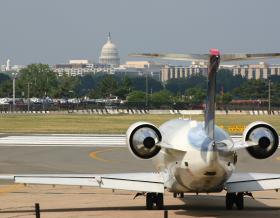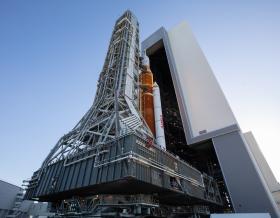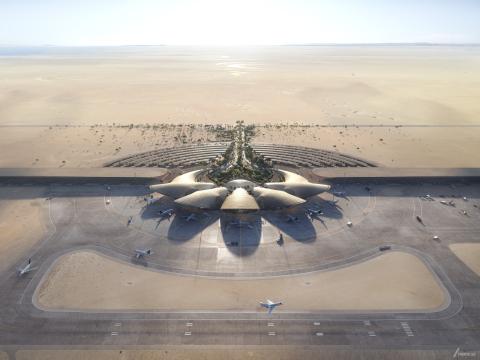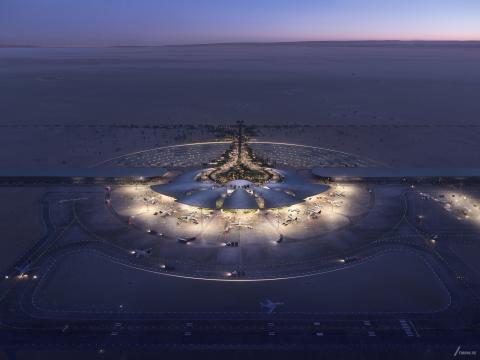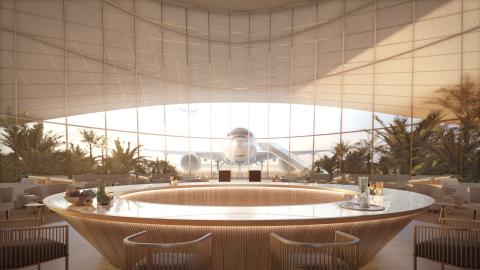Putting a Travel Pin on the Map at the Luxurious Red Sea International Airport
The Red Sea is poised to become an exquisite tourism destination that will position Saudi Arabia on the global tourism map. To access this new region, The Red Sea International Airport (RSI) will act as the gateway to the Red Sea archipelago and resorts. Jacobs, along with our team of sub-consultants, was tasked to develop the design for RSI from detailed design through to construction documentation.
All images © Red Sea Global
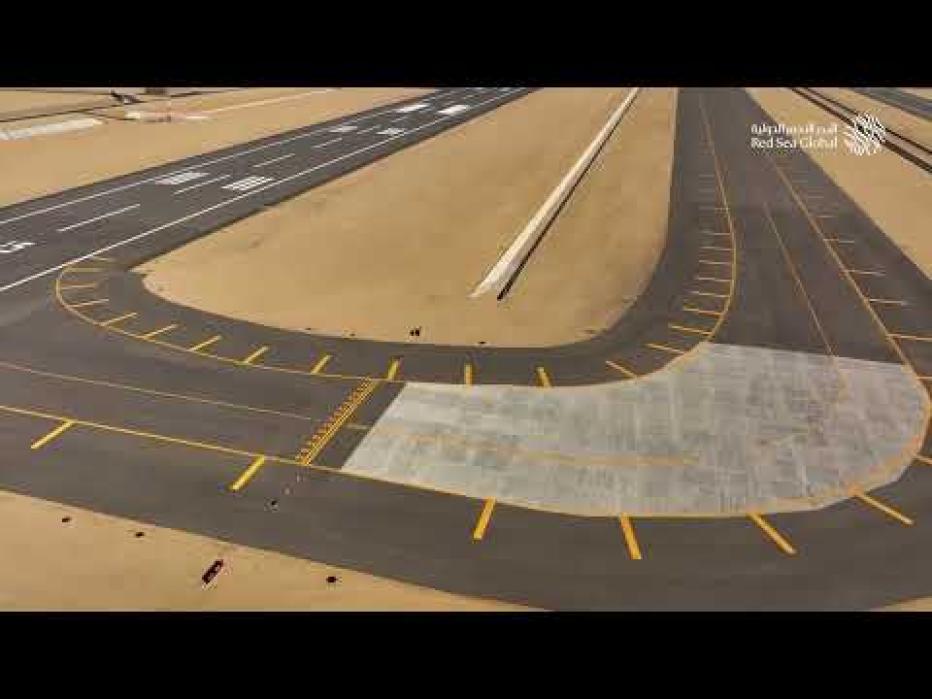
Progress at The Red Sea International Airport
What a smart airport means for visitors
As a ‘state-of-the-art’ facility using key smart features, RSI will offer travellers an efficient, enjoyable and contactless airport experience from commercial guests to VIPs. The airport will include biometric technology integrated with law enforcement, airport security systems and automated hotel check-in and check-out processes. The airport aims to provide an unparalleled digital experience for guests where boarding passes, passport control and luggage handling are managed through an app on their phones, with no need for a physical check-in area.
“Our work with RSG reflected Jacobs' value of challenging the accepted and supported our growth accelerator to address climate change throughout our project delivery. The completed airport project is an example of how, when we work together with our client and team, we can push ingenuity further to provide a better human experience and protect our environment.”
Technology and hospitality merge for an elevated guest experience
Arriving guests descend to immigration through landscaped gardens, leading to a welcome center at a lower ground level, while their luggage is delivered directly to their hotel room. Upon departure, luggage is handled directly from the accommodation while guests are escorted from their resort, through security to a departure lounge. Throughout the arrival and departure experience, all guest areas are embellished with high-quality designs and finishes matching the superior interior design standards adopted in the resorts to provide a hospitality focus and level of service beyond traditional International Air Transport Association (IATA) standards.
To determine how the technology and interior spaces could amalgamate, Red Sea Global (RSG) appointed Jacobs to take a structured and rigorous look at the scale and complexity of the proposed facilities and features. This information, coupled with an understanding of the value provided to guests and RSG, helped the team make smart design decisions while maintaining the look and feel of the proposed airport. Jacobs maintained the approved design concept and its facilities, while performing a thorough and far-reaching value engineering exercise that resulted in significant savings to the construction budget. Examples include rationalizing the airport’s operational facilities and of materials procured for the curved terminal roof of the departure pods without impacting on the look and feel; and replacing conventional baggage belts with autonomous robots. Jacobs also designed a digital control tower in place of a conventional facility.
Assembling the right consultants to deliver the best value
Part of our successful delivery was our commitment to provide the client with world-class solutions and teams. Our broader team of specialized sub-consultants contributed to the impressive value engineering process resulting in a commercially feasible, buildable and sustainable design without affecting the iconic and distinct features of the airport such as the clam shell-shaped terminal design that is inspired by the creatures found in the Red Sea; the luxurious arrivals gardens and welcome center.
-
200 km
of shoreline and 90+ islands in the service area
-
28000
square kilometers of the Red Sea site serviced by RSI
-
100 %
serviced by renewable energy earning a LEED Gold Certification
-
5
pods in the departure area capable of serving two Code C or one Code E aircraft.
Meeting our client where their vision is
In addition to the project concept, the Jacobs team committed to the client's vision of sustainable development through designs that would protect, preserve, and enhance the very remote, diverse and valuable habitats near the project site. Several key initiatives that we delivered included:
- Using local materials to the extent possible to support sustainable solutions.
- Incorporating design elements such as 100% renewable energy for the building to meet minimum LEED Gold certification standards.
- Lighting the airport with installations that meet the Dark Sky Guidelines ─ the principles of which aim to minimize light pollution.
The Red Sea International Airport (RSI) project is a one-of-a-kind aviation initiative to facilitate the high volume of traffic expected at luxury tourism destinations along the Red Sea, which is set to become a global transit hub for travelers worldwide. As a trusted advisor to our client - Red Sea Global (RSG), we have gone above and beyond to ensure that all infrastructure needs, especially those crucial for RSG's grand vision, integrate top-of-the-line digital capabilities.
Before completing the terminal, our team provided concept planning and design services for a multi-use terminal accommodating air taxi, commercial and interim operations. Our primary focus was on digital integration and we followed a proactive approach that reflects our commitment to utilizing technology for innovation and progress.
We brought together a team of experts with expertise in terminal and regional development, focusing on leveraging digital solutions. Our customized digital solutions have cemented our partnership with RSG and demonstrated our dedication to utilizing technology to drive their success.
The inaugural flight to RSI landed on September 21, 2023. RSIA will grow to welcome international flights from next year with the opening of additional phase one resorts, given its location is within an eight-hour flight from 85% of the world's population.
As we continue to push the boundaries of technology, RSI is at the forefront of the digital revolution in aviation, redefining how technology will shape the airport of the future.
-

Airport arrivals garden
-

Interior view of airport terminal
-

Interior view of airport terminal dining area
You might be interested in:
-
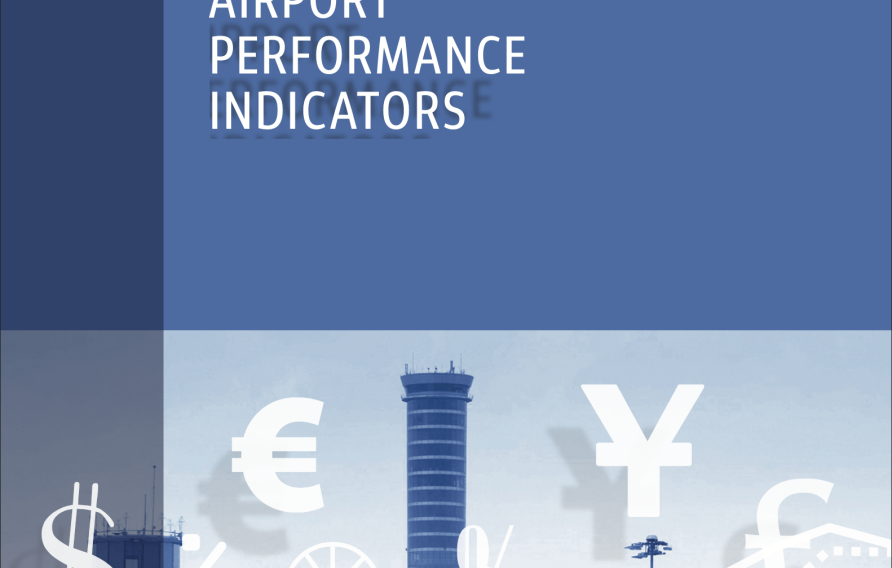 Report
ReportAirport Performance Indicators 2022
This publication presents an analysis of audited data from 50 major airports worldwide, ranking the airports in terms of 36 financial and operational performance metrics, including segmented analyses of revenues and operating costs and standard accounting performance measures.
-
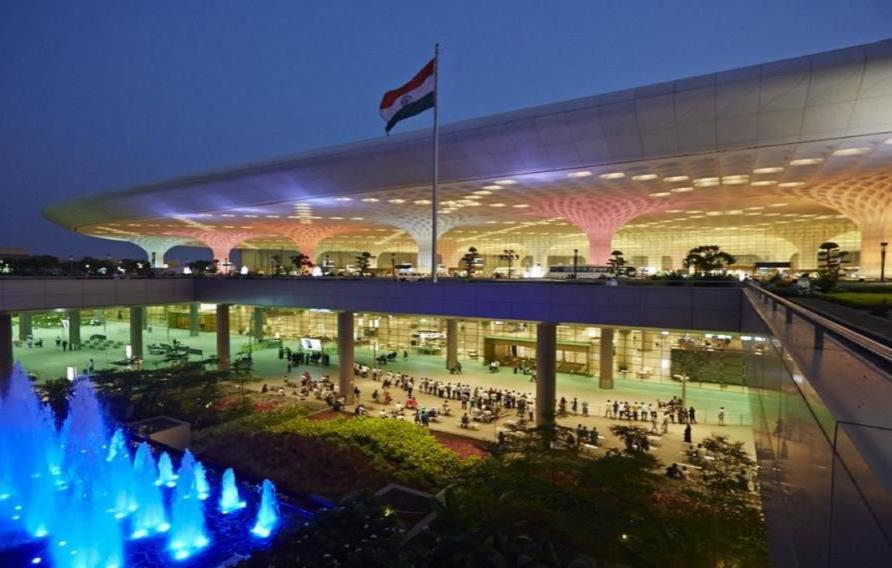 Showcase
ShowcaseChhatrapati Shivaji International Airport
Mumbai’s Chhatrapati Shivaji International Airport is the world’s busiest, single runway airport. Its impressive traffic in 2018, the airport set two world records for most flight landings and departures in 24 hours – is made possible by a modernization program aimed at tripling the capacity of the aging terminal.
-
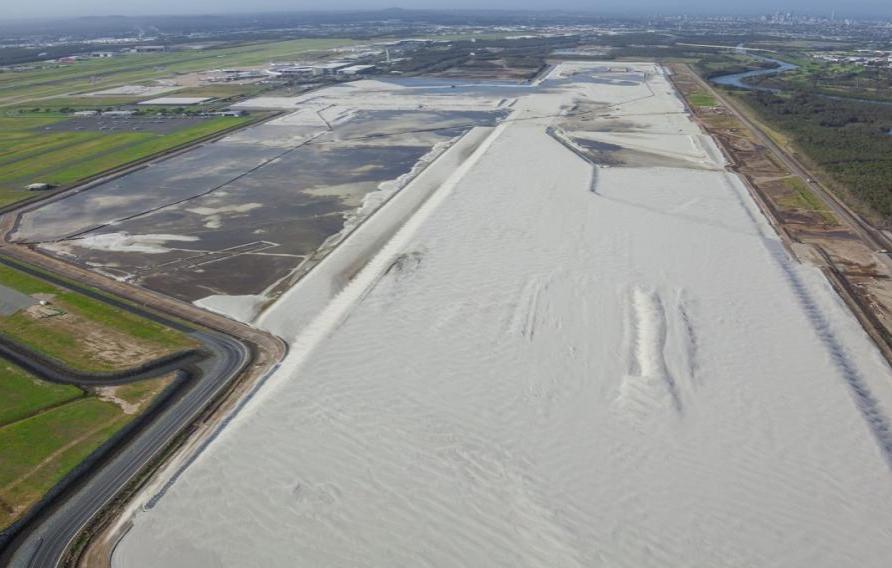 Showcase
ShowcaseBrisbane Airport, New Parallel Runway
One of the largest infrastructure projects currently underway in Queensland, the new parallel runway at Brisbane Airport is the largest expansion of the airport’s aeronautical assets since its original 1950s construction.
-
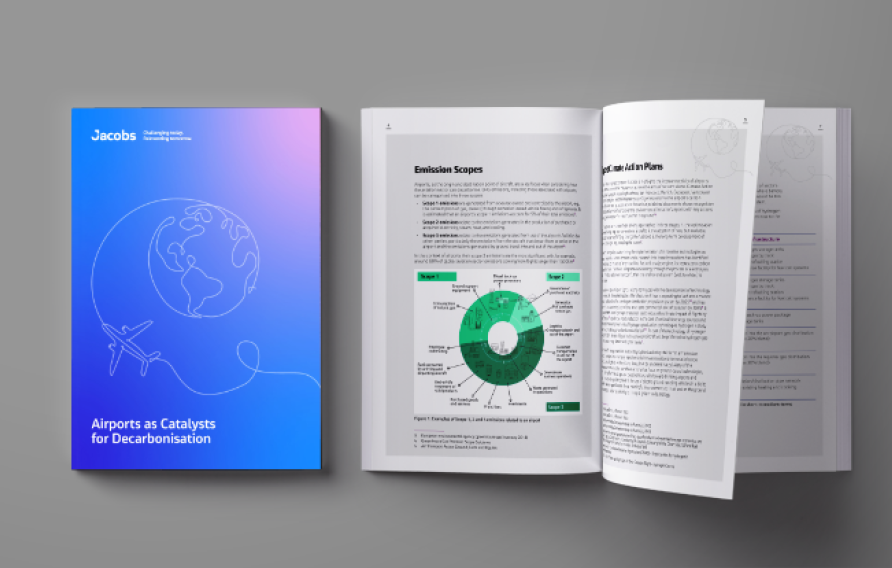 News
NewsHow Can Airports Get Hydrogen Ready Now to Land Net Zero Targets?
New Jacobs research provides airports with a roadmap for the future of hydrogen plane fueling.

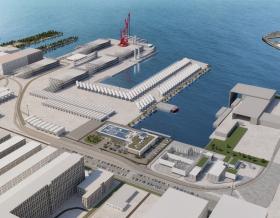
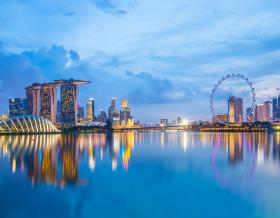
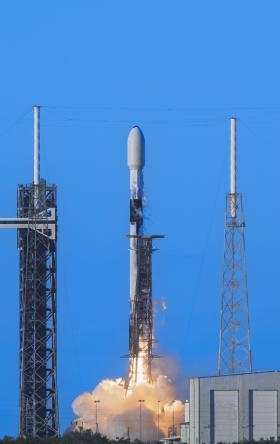







.jpg?h=c7c14dee&itok=FmPI2126)


















_0.jpg?h=8a6d63f3&itok=5vsqFiQH)









.png?h=1314d3d4&itok=rFs9mG95)










